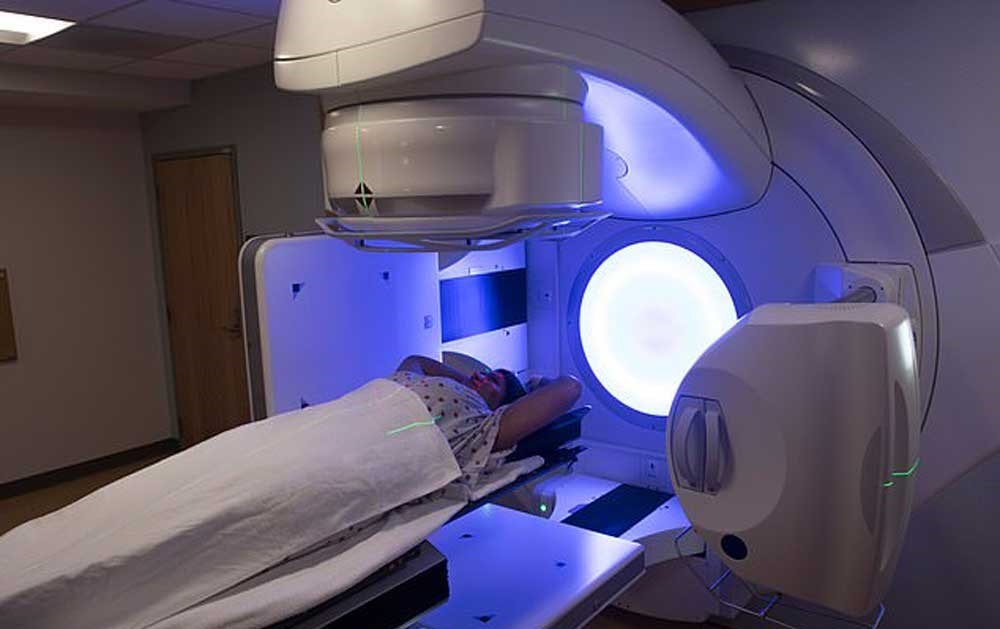I was diagnosed with left-sided breast cancer, and following my lumpectomy, I had to undergo radiation treatment. This is the standard treatment for most breast cancer patients. While radiation therapy may typically lead to skin irritation and fatigue, I had one added and problematic concern because of the position of the cancer coinciding with my age approaching menopause: how would my heart be affected?
I knew that dismissing radiation therapy was not the solution as it was vital to eliminate the cancer totally. That is when I started researching to find out how I can keep my heart safe while following the standard treatment of radiotherapy. That meant lowering the cardiac doses without compromising the beneficial effects of radiotherapy.
Turns out that during radiation of the left breast, parts of the heart are within the irrigated volume. Research has further confirmed that following radiotherapy, there is a potential for adverse cardiovascular effects in long-term breast cancer survivors. In addition, a study from 1992 to 2012 of over 60,000 women showed that those given radiotherapy for left-sided breast cancer had an increased risk of heart disease compared to women treated for right-sided breast cancer.
Fortunately, I came across a technique that has been proven to minimize the unwanted side effects of radiotherapy. Using a special radio therapeutic technique known as respiratory gated radiotherapy (breath hold), the radiation dose received by the heart is decreased and therefore the risk of side effects is minimized too.
Although this information is vital to keeping a safe heart, none of the doctors who treated me told me about it! This confirms that YOUR active role is indispensable in the cancer journey. Through open discussion with the radiation oncologist, the same team of doctors ended up applying the gated radiotherapy.
How does Deep Inspiration Breath Hold (Respiratory Gating) Work?
Active breathing control (ABC) requires the patient to inhale deeply and hold her breath for several seconds while the radiation treatment is delivered. Filling the lungs with air would separate the heart from the breast and chest wall. This, in turn, creates a physical gap that minimizes the radiation dose that reaches the heart. Only when your breast surface is at the correct position will the display lights turn green and the radiation beam will turn on.
What side effects can be avoided through gated radiotherapy?
“Women who’ve had radiation, in particular to the left breast, have a potentially higher rate of cardiac complications down the road” explained Dr. Shah. Coronary artery disease, congestive heart failure, valvular heart disease, pericardial illness, conduction problems, and sudden cardiac death can all be the result of radiation exposure to the heart. Moreover, women reaching menopause are already at increased risk of cardiovascular disease.
However, heart-sparing radiation techniques can reduce the doses of radiation that reach the heart by 50 to 75 percent below the standard. The use of respiratory-gated radiotherapy, such as deep inspiration breath hold, allows for a true dose reduction in undesirable areas.
As we have seen, there are strategies to prevent heart damage from cancer radiotherapy. However, they are not always openly spoken about because they double the time needed for treatment. When I asked the radiation oncologist why I had not been informed about the gating option earlier, he replied sarcastically: “Imagine us telling every woman with left-sided breast cancer about gating, we would need double the quantity of machines to serve patients!”
So, you can’t always fully count on the healthcare system to ensure your overall well-being. You have a vital role to step in and discuss your options! In my case, stepping in meant keeping one of my body’s most essential organs healthy.

